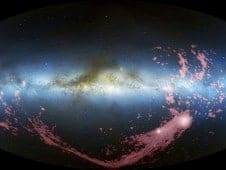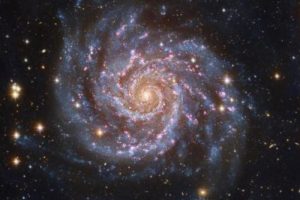space telescope science institute
Hubble data used to look 10,000 years into the future
Astronomers are used to looking millions of years into the past. Now scientists have used the NASA/ESA Hubble Space Telescope to look thousands of years into the future. Looking at the heart of Omega Centauri, a globular cluster in the Milky…
Hubble watches light echo from mysterious erupting star
In January 2002, a moderately dim star in the constellation Monoceros, the Unicorn, suddenly became 600 000 times more luminous than our Sun. This made it temporarily the brightest star in our Milky Way. The light from this eruption created a unique phenomenon known as a ‘light echo’ when it reflected off dust shells around the star.
Hubble helps measure massive extrasolar planet
NASA Hubble Space Telescope’s crisp view has allowed an international team of astronomers to apply a previously unproven technique (astrometry) for making a precise measurement of the mass of a planet outside our solar system. The Hubble results place the planet at 1.89 to 2.4 times the mass of Jupiter, our solar system’s largest world. Previous estimates, about which there are some uncertainties, place the planet’s mass between 1.9 and 100 times that of Jupiter.





